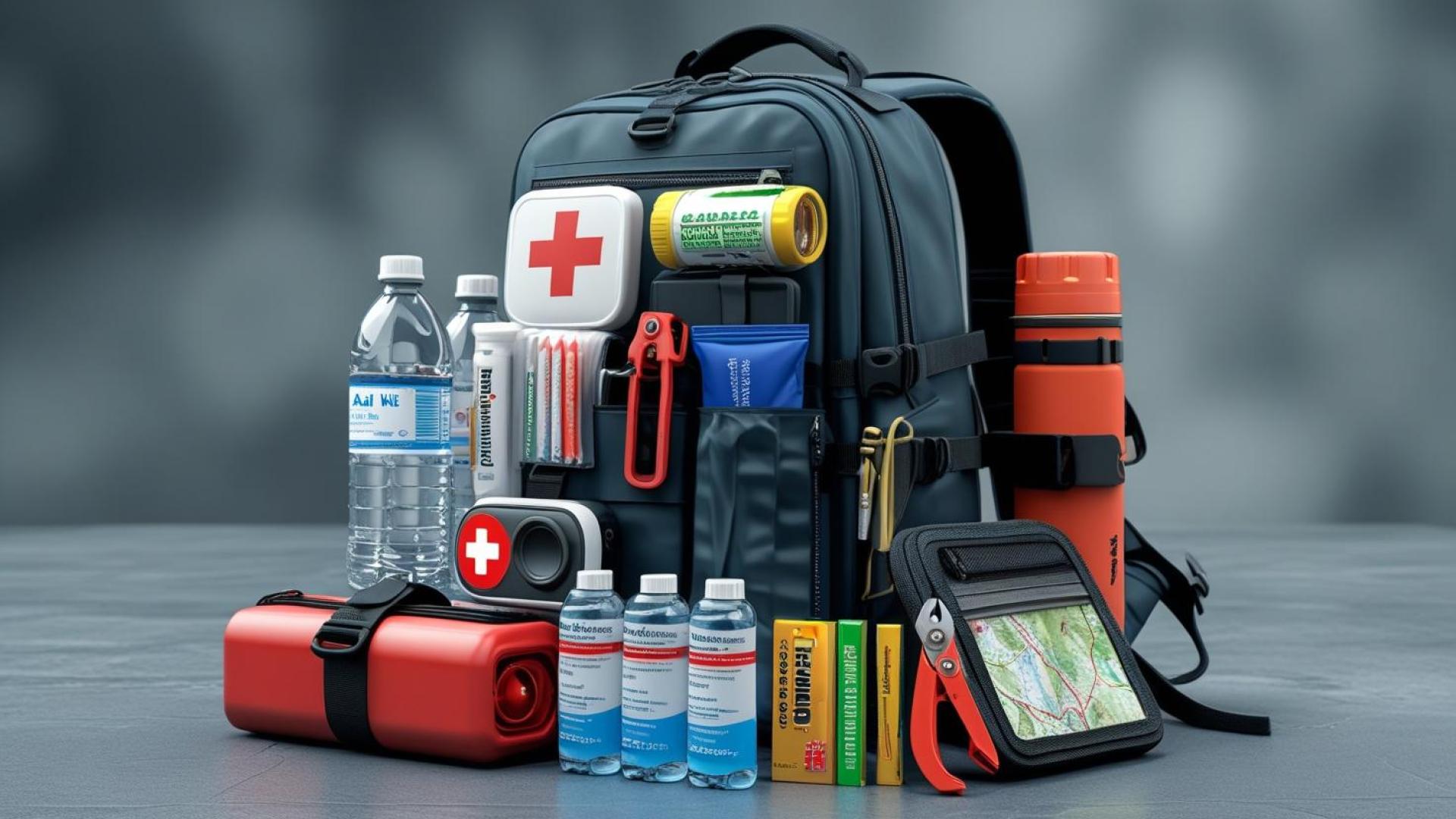When an emergency happens, it’s important to know what’s going on and what action to take. This section explains how alerts work, how to recognize the difference between evacuation instructions and shelter-in-place advisories, and how to stay informed through trusted sources.
How emergency alerts work
Residents can use a combination of local and provincial systems to get notification.
Esquimalt Alert
A free notification system that sends updates directly to your phone or email during emergencies.
Sign up now: Esquimalt Alert
You’ll receive:
- Emergency alerts specific to your neighbourhood
- Evacuation notices
- Major road closures or service disruptions
- Other community services notices
BC Emergency Alert (Alert Ready)
This is the province-wide wireless alert system that automatically sends messages to compatible smartphones, radio, and TV. You may get these for:
- Tsunami warnings
- Amber Alerts
- Wildfires
- Major evacuations
Environment and Climate Change Canada (ECCC) Weather Alerts
This is Canada’s official weather alert system that provides warnings for severe and hazardous conditions across the country. Alerts are shared through the WeatherCAN app, local media, and the Alert Ready system on compatible smartphones. To sign up for these alerts visit: Quick Start Guide
You may receive alerts for:
- Severe thunderstorms, blizzards, heavy rain, or high winds
- Extreme heat or cold
- Air quality advisories (e.g., wildfire smoke)
- Coastal flooding or storm surges
Earthquake Early Warning (EEW)
A federal alert system that provides a few seconds to tens of seconds of warning before strong earthquake shaking begins. Alerts are sent automatically through Alert Ready to compatible devices.
You may receive alerts for:
- Strong earthquake shaking approaching your area
- Instructions like “Drop, Cover, and Hold On”
- Warnings to avoid elevators or hazardous areas
- These alerts are designed to help you take protective action before the shaking starts.
What you’ll hear or see
Alerts are issued through:
- Esquimalt Alert (text, email, phone)
- BC Alert Ready (loud notification on your phone or radio)
- Earthquake Early Warning (loud notification on your phone)
- Sirens at CFB Esquimalt are only for Base notification.
- In very rare and localized events door-to-door notifications from emergency personnel
- Social media or municipal websites (make sure you follow trusted sources)
Evacuation alerts vs. evacuation orders
You might be told to leave your home during certain emergencies like fire, tsunami risk, or hazardous material spills. There are two types of evacuation messages:
Evacuation alert
Be ready to leave.
- You can stay home for now, but conditions may change quickly.
- Prepare your grab-and-go bags and pack essentials.
- Make arrangements for pets, medication, transportation, and any support needs.
- Stay tuned for updates from trusted sources.
Evacuation order
Leave immediately.
- You are legally required to leave the area for your safety.
- Emergency Support Services (ESS) will help with shelter, food, and basic needs at a Reception Centre.
- Don’t delay, pack up your grab-and-go supplies and go to a safe location or to the Reception Centre listed in the alert.
Esquimalt Alert Map - Active Emergency Alerts, Advisories, and Warnings.

What to pack in a grab-and-go bag
- Water and snacks
- Prescription meds and medical info
- Phone and charger
- ID and keys
- Pet food and leash
- Spare clothing
- Flashlight and small radio
Shelter-in-place
Not all emergencies require evacuation. In some situations, the safest thing to do is stay where you are and limit your exposure to danger outside. This is called sheltering in place.
When you might shelter in place:
- Hazardous material spill nearby
- Poor air quality (e.g. wildfire smoke, industrial release)
- Active police incident in your area
- Sudden severe weather (e.g. severe windstorm,)
What to do:
- Stay indoors and bring pets inside.
- Close all windows, doors, and ventilation if advised.
- Turn off fans or HVAC systems that bring in outside air.
- Move to an interior room away from windows if needed.
- Avoid phone use unless it’s an emergency.
- Follow instructions from Esquimalt Alert or Emergency Info BC.
How long will it last?
Most shelter-in-place advisories last a few hours. You’ll be notified when it’s safe to go outside again.
After a Shelter-in-Place:
- Open windows and ventilate your space.
- Check on neighbours or those needing extra help.
- Replace filters or dispose of any contaminated items if needed.
- Reflect on how your supplies held up, replenish if needed.
In summary
Evacuate
| Shelter-in-place
|
